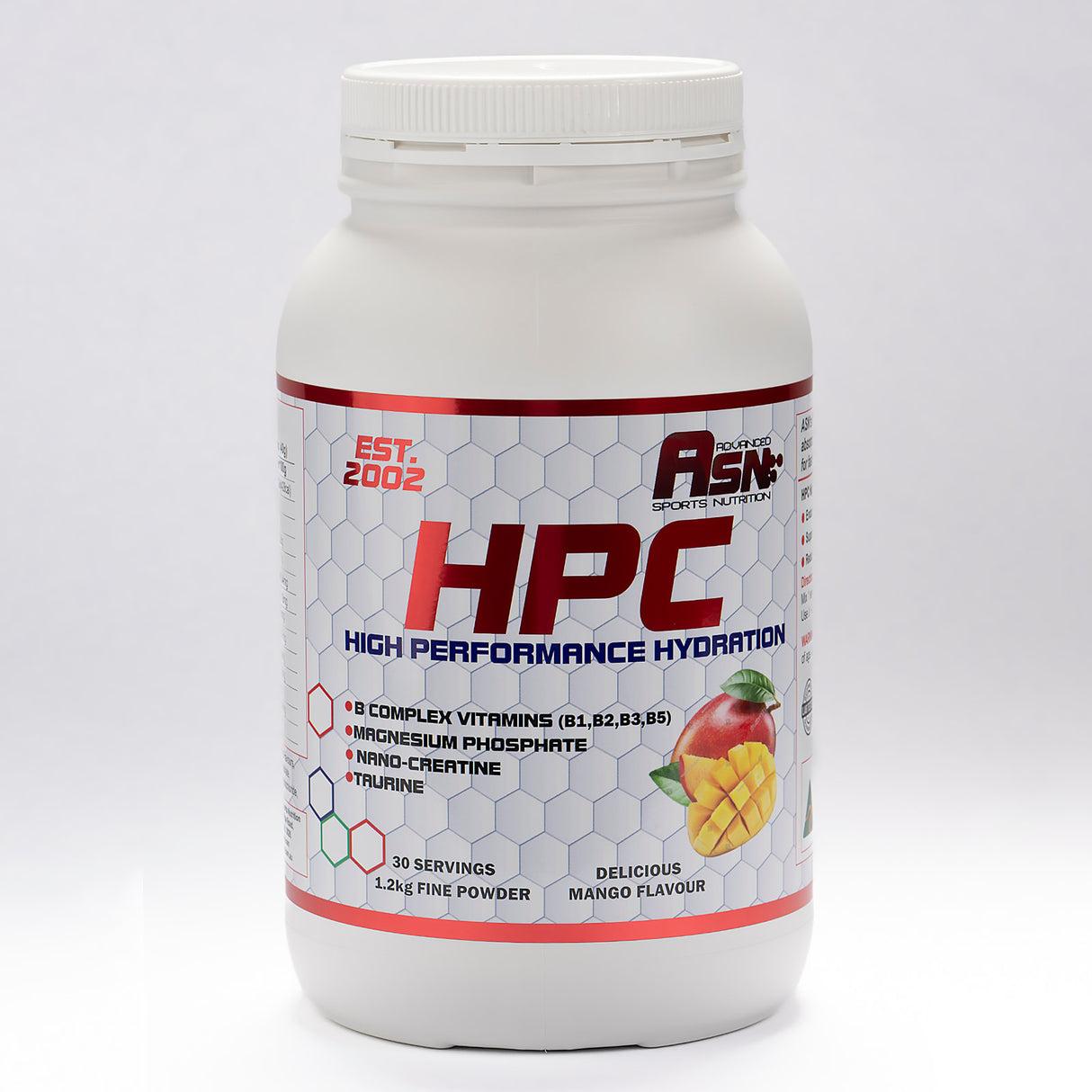Creatine is an essential supplement for athletes and fitness enthusiasts looking to enhance their performance, muscle growth, and recovery. Advanced Sports Nutrition Australia offers a range of creatine types, each with unique properties and benefits to suit various training demands and goals. In this article, we’ll explore the different types of creatine available, their benefits, and how to choose the right one for your fitness regimen.
Table of Contents
- Key Takeaways:
- In-Depth Look at Creatine Types
- Choosing the Right Type for Your Needs
- Maximising the Benefits of Creatine
- Common Myths About Creatine
- Creatine in Everyday Life
- Conclusion
- FAQs
Key Takeaways:
- Variety of Forms: Creatine comes in various forms, each offering unique benefits.
- Most Studied: Creatine monohydrate is the most researched and trusted form.
- Absorption Differences: Some forms claim better absorption, potentially reducing side effects like bloating.
- Choose Wisely: Consider your personal needs and potential sensitivities when selecting a creatine form.
In-Depth Look at Creatine Types
- Creatine Monohydrate: Creatine Monohydrate is renowned for its effectiveness and is backed by a plethora of research, making it the gold standard in creatine supplements. This form is well-documented for its ability to increase muscle mass and enhance strength and power output during workouts. It’s popular due to its cost-effectiveness and significant impact on high-intensity athletic performance. For those looking to start their creatine supplementation, monohydrate offers a straightforward, reliable option.
- Creatine Ethyl Ester: Creatine Ethyl Ester is marketed as a superior form of creatine that can be absorbed more easily by the body. This form is modified to pass more effectively through cell membranes, supposedly leading to lower dosages and reduced water retention compared to monohydrate. However, while the theory sounds promising, research indicates that the benefits of ethyl ester are comparable to or less effective than those of monohydrate.
- Buffered Creatine: Buffered creatine, often sold under the name Kre-Alkalyn, claims to have a higher pH level, which purportedly helps it remain more stable in the stomach and reduces side effects associated with creatine monohydrate. Some users prefer this form because it is said to cause less bloating and no cycling is required. While studies are mixed, buffered creatine might offer a slight edge for those sensitive to traditional forms.
- Liquid Creatine: Liquid Creatine is believed to be absorbed faster due to its form. Despite the convenience of the liquid state, studies suggest that liquid creatine might be less effective over the long term because creatine degrades rapidly in liquid. Therefore, while it’s a quick and easy option, its efficacy may not compare favorably to powdered forms.
- Creatine Hydrochloride (HCl): Creatine HCl is made by attaching a hydrochloride group to creatine, enhancing its solubility and absorption rates. This form is often recommended for those who experience gastrointestinal distress with other types of creatine. With a smaller effective dose required, Creatine HCl can be a great alternative for those looking for a concentrated form that might reduce potential side effects like bloating and stomach discomfort.
- Micronized Creatine: Micronized Creatine involves grinding standard creatine monohydrate into finer particles. This process increases the surface area of creatine, making it easier to dissolve in water and potentially easier to digest. For those who struggle with the gritty texture or sediment of regular creatine monohydrate, micronized creatine offers a more pleasant mixing experience.
Choosing the Right Type for Your Needs
When selecting a creatine type, it’s crucial to consider your specific needs, preferences, and any sensitivities you might have. While creatine monohydrate stands out due to its extensive research and proven track record, other forms may offer particular advantages that align better with individual requirements.
- Workout Intensity and Duration: If you engage in long, intense training sessions, creatine monohydrate may be beneficial due to its extensive proof in increasing endurance and recovery.
- Sensitivity Considerations: For those prone to digestive issues, Creatine HCl or buffered creatine might be more appropriate.
- Convenience: If convenience and ease of use are your priorities, liquid creatine or micronized creatine could match your lifestyle better, though it’s important to weigh these benefits against efficacy.
- Trial and Personal Experience: Ultimately, the best way to determine the most suitable type of creatine is through personal experimentation. What works for one individual may not work for another, so it’s worth trying different forms to see which one fits best with your body’s response and your fitness goals.
Maximising the Benefits of Creatine
To get the most out of creatine supplementation, understanding its proper use, timing, and how it interacts with your body is essential. Each type of creatine offers unique characteristics, but their effectiveness often relies on how they are incorporated into your fitness routine and overall nutrition strategy.
- Timing and Dosage: While the timing of creatine intake is flexible, studies suggest that taking it post-workout can lead to better muscle uptake due to increased blood flow. A typical dosage strategy includes a loading phase and a maintenance phase:
- Loading Phase: For those using creatine monohydrate, a loading phase involves consuming 20 grams per day, split into 4-5 doses, over a 5-7 day period. This saturates your muscle stores quickly.
- Maintenance Phase: After the loading phase, 3-5 grams daily is sufficient to maintain elevated muscle creatine levels.
Buffered and hydrochloride creatine often skip the loading phase due to their higher absorption rates, requiring only 1-2 grams daily for most individuals.
- Stacking Creatine with Other Supplements: Combining creatine with complementary supplements can amplify its benefits. For instance:
- Protein Powder: Pairing creatine with protein supports muscle recovery and growth. Post-workout shakes that include both nutrients offer a convenient and effective solution.
- Carbohydrates: Creatine uptake is enhanced when combined with fast-digesting carbs, as insulin helps transport creatine to the muscles.
- Beta-Alanine: This supplement works synergistically with creatine, improving endurance and reducing muscle fatigue during high-intensity exercise.
When stacking supplements, ensure each addition aligns with your fitness goals and does not exceed recommended daily intake limits.
Common Myths About Creatine
As one of the most popular supplements, creatine has its fair share of myths and misconceptions. Let’s debunk a few common ones:
- Creatine Causes Water Retention: While creatine does draw water into your muscle cells, this isn’t the bloating often associated with water retention. Instead, it’s a sign of muscle hydration, which supports performance and recovery.
- Creatine Is Only for Bodybuilders: Creatine is not just for those seeking massive muscle gains. It benefits athletes across a range of sports by improving strength, endurance, and recovery.
- Creatine Damages the Kidneys: Research consistently shows that creatine supplementation is safe for healthy individuals. However, those with pre-existing kidney conditions should consult a healthcare provider before use.
- Creatine Needs to Be Cycled: There’s no strong evidence supporting the need to cycle creatine. Continuous use in recommended doses is safe and effective.
Creatine in Everyday Life
Creatine isn’t only for gym enthusiasts or professional athletes. Its benefits extend to daily activities by improving energy availability and reducing fatigue. Additionally, recent research explores creatine’s potential in supporting brain health and cognitive function, showing promise in areas like memory retention and mental clarity.
Whether you’re lifting heavy at the gym, sprinting on the field, or simply aiming to stay sharp and energised, creatine can play a valuable role in enhancing your physical and mental performance. However, the key is to choose the type that aligns with your goals and use it consistently alongside a well-rounded diet and exercise program.
Conclusion
Boost your workout performance and reach your fitness goals with the right creatine supplement. Choosing the ideal type can make all the difference in maximising your results. At Advanced Sports Nutrition Australia, we offer a wide selection of high-quality creatine supplements to suit your unique needs. Our team of experts is ready to provide tailored advice to help you make informed decisions and optimise your training regimen. Contact us for personalised guidance to elevate your fitness journey.
FAQs
What is creatine and how does it benefit muscle growth?
Creatine is a compound that helps your muscles produce energy during heavy lifting or high-intensity exercise, facilitating muscle growth and strength.
Which type of creatine is best for beginners?
Creatine monohydrate is widely recommended for beginners due to its extensive research and proven track record.
Can creatine cause kidney damage?
For healthy individuals, regular creatine use is generally safe and not linked to kidney damage. However, those with pre-existing conditions should consult a healthcare provider.
How should creatine be taken for optimal results?
It is often taken in a loading phase of 20 grams per day for 5–7 days, followed by a maintenance phase of 3–5 grams daily.
Are there any vegetarians or vegan sources of creatine?
Creatine is not found in plant-based foods; vegetarians and vegans may consider supplementation to achieve the same performance benefits.
Does the timing of creatine supplementation matter?
It can be taken pre- or post-workout. Research shows taking it post-workout might be slightly more beneficial due to increased blood flow and uptake to the muscles.

